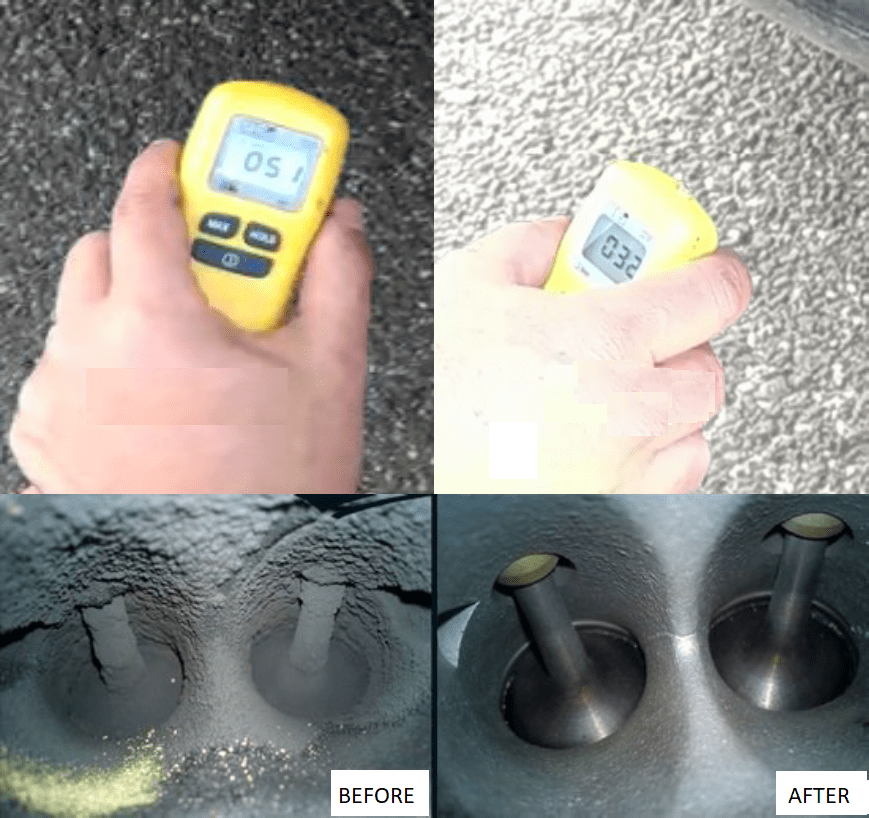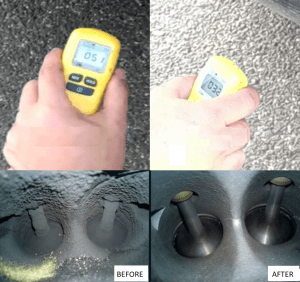- Hydrogen generator kit
- About Us
- HHO Kits
- Gen 10 Specifications Sheet hydrogen kits for cars
- Gen 15 Specifications Sheet
- Gen 20 (G20) Hydrogen Fuel System:
- Hydrogen Kit for your Truck, Boat, Generator
- Hydrogen Generator Kits for Cars
- Hydrogen kits and Test results
- Details Hydrogen Kits Gen 10, Gen 15, Gen 20 systems
- Work Applicationsof hydrogen kits
- Shop Hydrogen
- Photos, Resources
- HHO Products, Summary and Research
- Fuel savings Excel spreadsheet
- Installation Instructions cars, trucks,
- PWM and EFIE Installation Instructions Petrol engines
- Installation and Operation of a MAP/ MAF sensor enhancer
- Image Gallery
- USA Department of Energy
- Videos
- Publications, Text References and Authors
- Posts
- Newsletter
- TERMS and CONDITIONS
- Summary of Benefits of using Hydrogen Generator kits
- Testimonials
- Coogee chemicals Trucking Gen 20 Hydrogen systems may 2012
- Coogee chemicals Trucking Gen 20 Hydrogen systems may 2015
- Gail Brenan Gen 15 Hydrogen system March 2017
- Fred Hermon 2018 Gen 10 System Hydrogen generator kits
- Kevin Brookes June 2019 Gen 15 Hydrogen system
- Testimonial Tracker Prance October 21 2021
- Testimonial Troy Lahey Feb 2021
- Troy Lahey February 2021
- Paul Morris Gen 15 Hydrogen system 2014
- Paul Laird 2014 Gen 20 System Hydrogen generator
- Kevin Brooks Sept 2021 Gen15 Hydrogen Generator saves fuel
- Bob Bishop June 2015 Gen 15 Hydrogen system and Gen 10 Hydrogen system
- Orders
- PayPal payments
- HHO Manual
-
Perth, West Australia
- +61-0403177183
- glknox11@live.com










